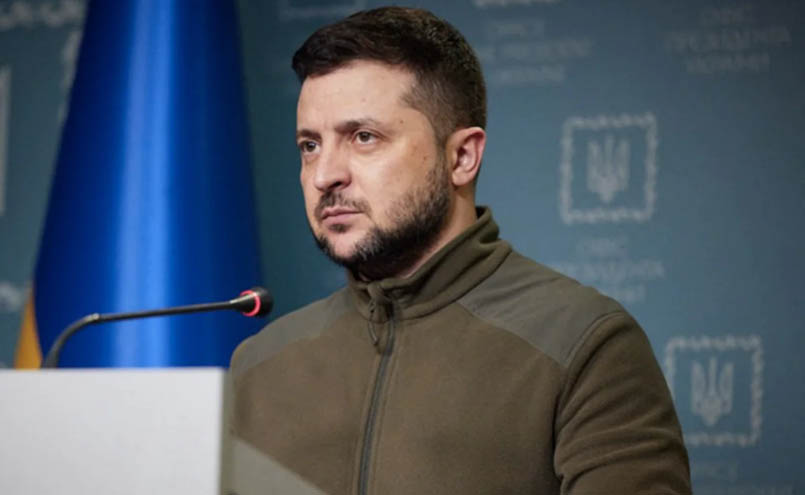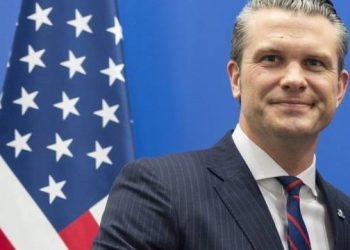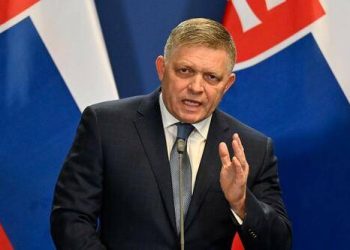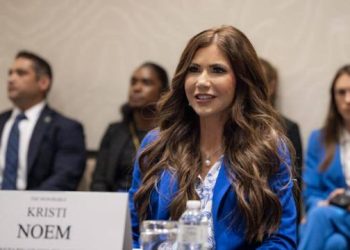During a panel session following his Davos speech, Ukrainian President Volodymyr Zelensky called for a minimum of 200,000 European peacekeepers to be deployed. He proposed that France, Germany, Italy, and the UK combine forces with Ukraine to match Russia’s military presence. Additionally, Zelensky claimed that former U.S. President Donald Trump would likely abandon Europe to cut a deal with Russia and China over Ukraine. His underlying message seemed to urge Europe to organize a large-scale peacekeeping mission before such developments could occur.
However, it is unlikely the Europeans will fulfill this request. Their reluctance stems from the same reasons that the UK is unlikely to establish a military base in Ukraine, despite exploring such a prospect under its 100-year partnership pact with Kyiv. European nations—nuclear powers like the UK and France included—are wary of a potential war with Russia, particularly without the support of the United States.
Trump is unlikely to support such actions either, as they could provoke a conflict with Russia and derail his domestic and foreign policy goals. His strategic focus has been on ending the Ukrainian conflict to prioritize domestic reforms and pivot U.S. attention to containing China. Any scenario that risks escalating the situation with Russia would undermine these priorities.
While European powers might consider assembling a significant force along Ukraine’s borders with Poland and Romania for rapid deployment in future hostilities, this remains a distant prospect. Factors such as strained Polish-Ukrainian relations, Romania’s upcoming presidential election, and the lack of tangible progress on a “military Schengen” system for troop movements all stand in the way.
Zelensky’s proposals could spark discussions among European policymakers, but unilateral action without U.S. approval remains improbable. Trump, for his part, might strategically entertain some variation of Zelensky’s proposal—perhaps as a negotiating tool with Russian President Vladimir Putin. However, his approach would likely aim to shift more of the burden onto Europe while maintaining firm control to prevent unintended escalations.
For example, Trump might condition any NATO involvement on increased European defense spending, suggesting members allocate 5% of GDP to defense. He could also impose trade-related demands in exchange for reassuring Europe about continued U.S. support, thereby preventing concerns over “abandonment,” as Zelensky warned.
Ultimately, Trump’s concerns about European peacekeepers provoking a war with Russia make such scenarios highly improbable. This reflects his aversion to actions that could entangle the U.S. in conflicts detrimental to his broader agenda. Nevertheless, the possibility of European peacekeeping forces is not entirely dismissed, as misguided advice or external pressures could lead to miscalculations.
For now, the European peacekeeper scenario remains unlikely, as logistical, political, and strategic obstacles continue to weigh heavily against it.
 Telegram is where we really talk. Don't miss out!
Telegram is where we really talk. Don't miss out!







